|
A common theme for migration is land, whether your ancestors settled in the United States or Canada. Since my research has focused primarily in Ontario, Canada with an outlier ancestor in Saskatchewan, we’ll talk about the records you can find online for Ontario. To my delight, more old records are popping up online related to land. Let’s look at a few that provide a great trail for you to explore if your ancestor farmed in Canada.
Let’s deep dive into the Ontario site ONLAND - the Ontario Land Registry Access. This site continues to grow as more information is made available online. I’m reading a fictional novel that has one of the main characters “mind map” his way through 1880s New York City. In the novel he can vividly see what buildings, streets and structures looked like at that time as he “walked around” in his mind. While few of us would have the knowledge and ability of this fictional character, we can use tools to help us understand what a town or location might look like. The Sanborn Fire Insurance Maps are a genealogy resource that can help us. These maps were created by the Sanborn Map Company and cover various years in different cities across the United States.
It’s intriguing to think about where our ancestors lived or shopped or went to church. Or even to understand what types of businesses were around when our family lived there compared to what is available today. Let’s look at how to find the Sanborn Fire Insurance Maps and ways to use them in our family story. Ah! Are you picturing the movie “Up!” with the house floating in air, sailing under the power of thousands of balloons?! Well, unfortunately, we are not talking about that kind of balloon home! After the first years of settlement on the prairie and hopefully after successful years of farming, families built on to existing shanties or built new balloon frame homes. The engineering of the balloon homes made them accessible to the farmer. It wasn’t unusual for the farmer to become the carpenter of his own home.
If your ancestor didn't have a sod house, they had an early shanties which were simple 10 foot by 16 foot structures with one or two rooms plus a door and a window. As the family grew and prospered, a more permanent structure was needed. Many of these homes in the Dakotas, Minnesota, Iowa and Wisconsin were balloon frame architecture. Let’s look at ways to include the farmhouse in your family history. As we discussed last week, it’s good to take time to learn new things. I attended the Family History Workshop in Moorhead Minnesota last weekend. It was a great day of learning. The main speaker was Curt B. Witcher, MLS, FUGS, IGSF from the Allen County Public Library in Fort Wayne, Indiana.
For those of us not in the Fort Wayne area, he shared the many online opportunities available. Lucky for us many years ago, the director had the foresight to provide services and materials geared towards genealogists. According to Witcher, this library has a large collection dedicated to genealogy-related materials and equally as important, they are dedicated to delivering great service to genealogists. Here are some tips he shared. |
AuthorWith a lifelong passion for genealogy and history, the author enjoys the opportunity to share genealogy tidbits, inspiring others to research and write their family story. Archives
July 2024
Categories |
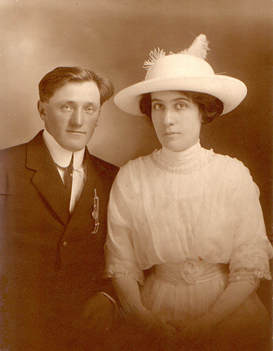
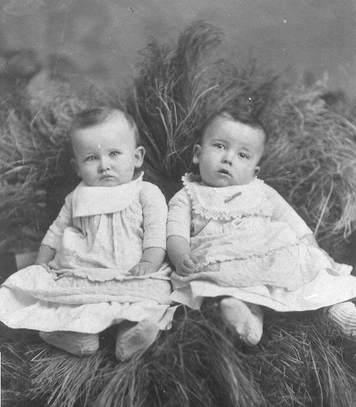
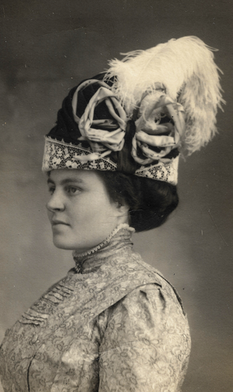
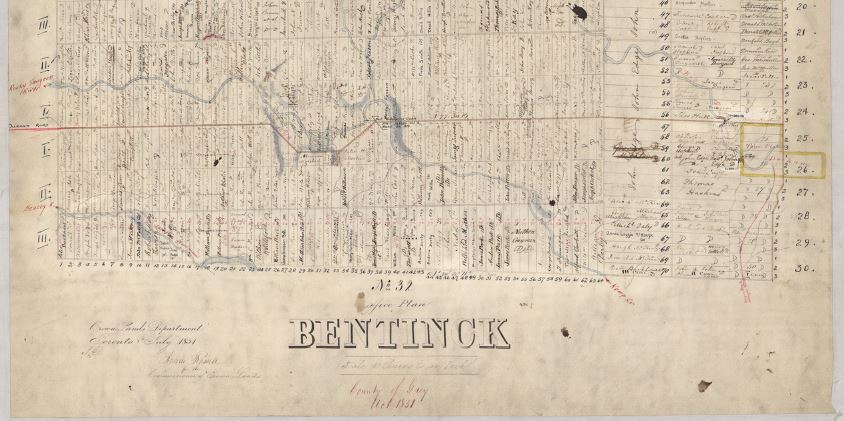
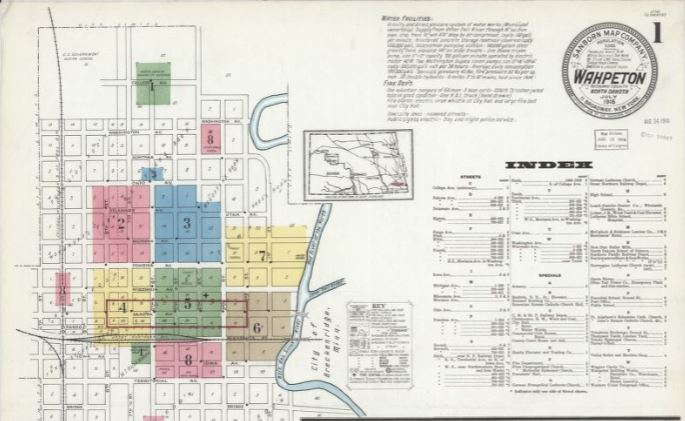
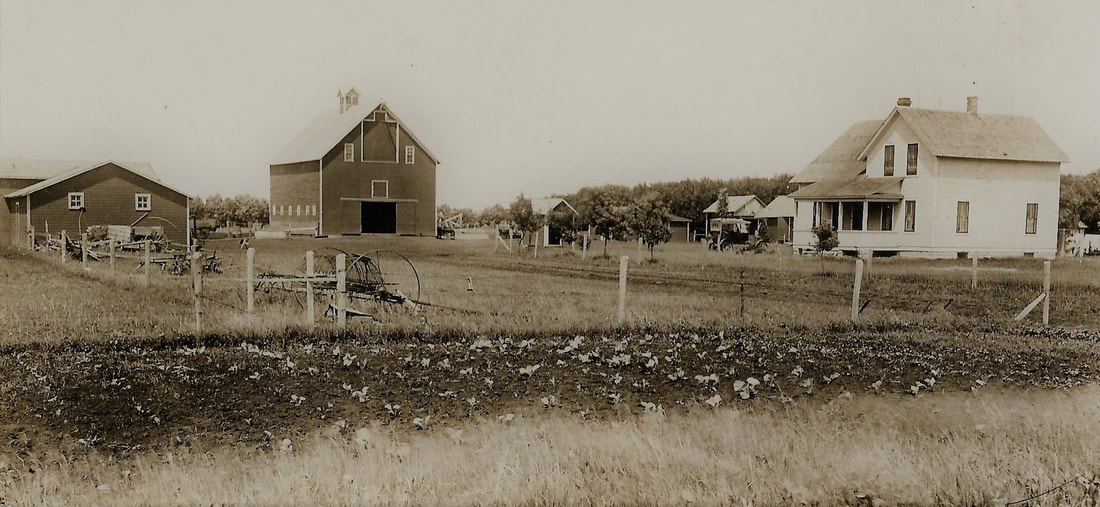

 RSS Feed
RSS Feed